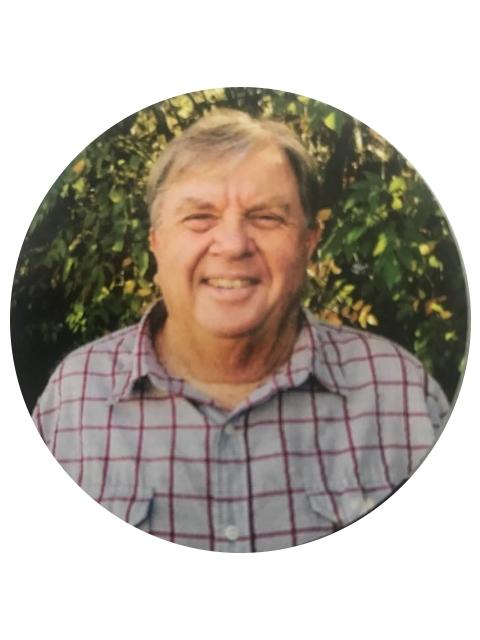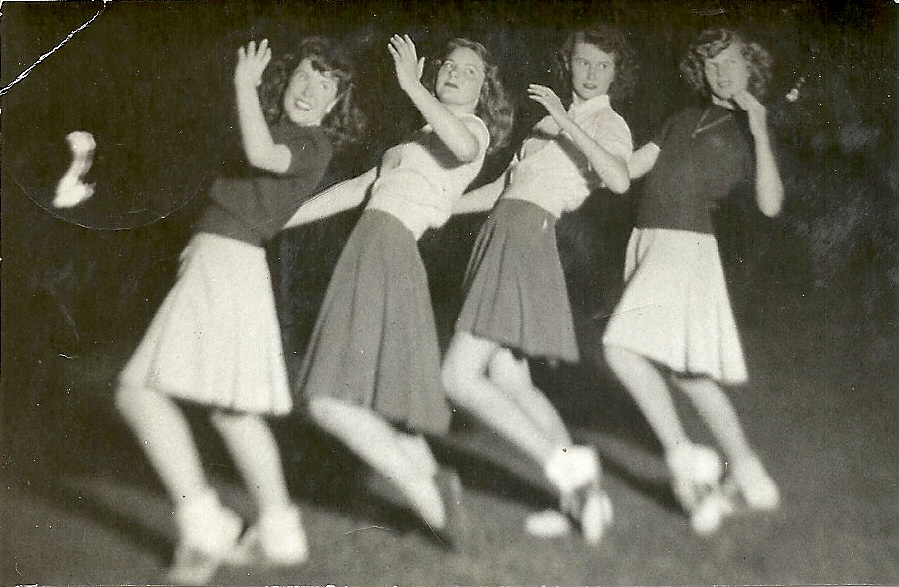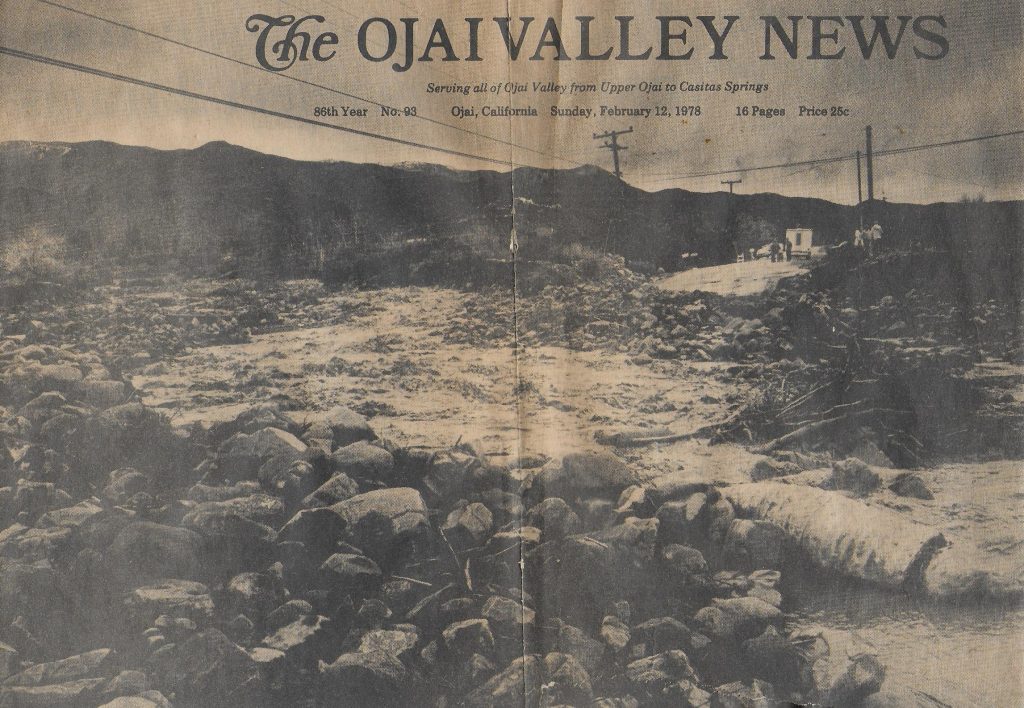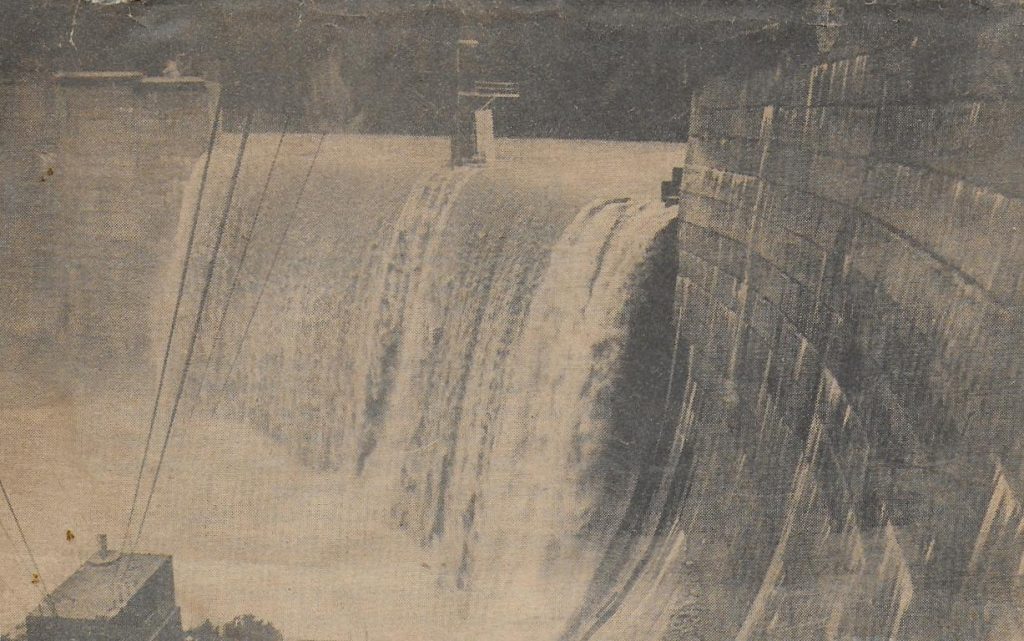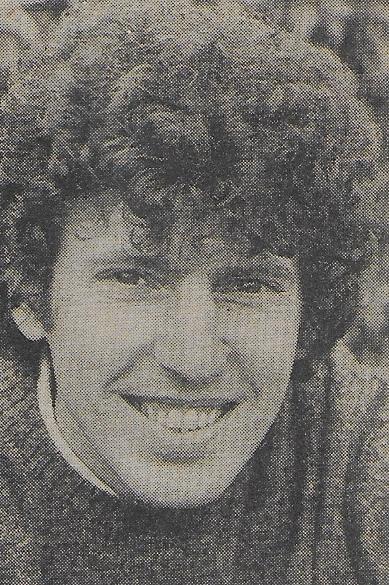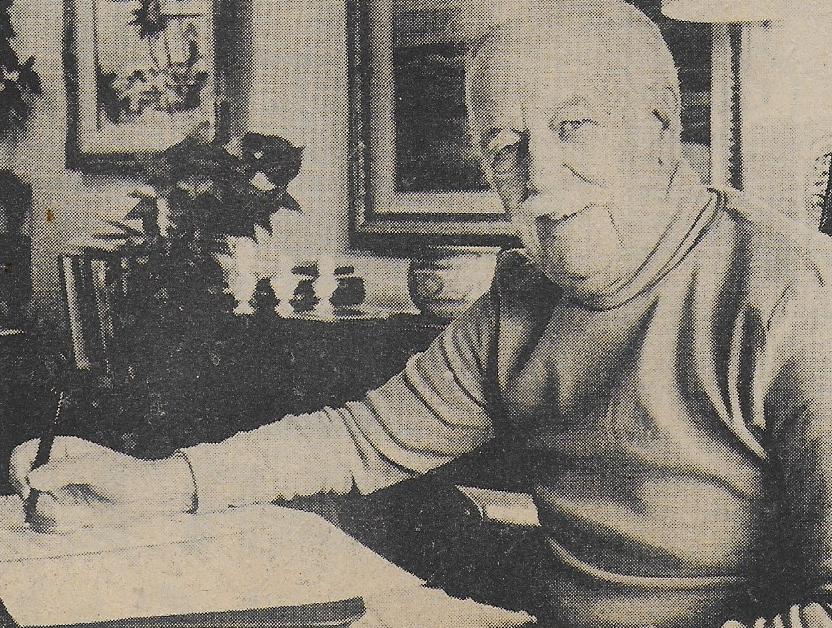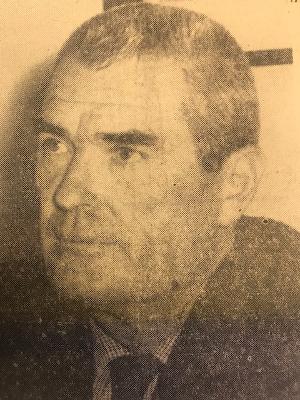This article was run in the JUNE 2019 issue of “THE SESPE WILD” (the newsletter of the Keep the Sespe Wild Committee). It is reprinted here with their permission. It was placed in the newsletter by Alasdair Coyne.
CAMPING OUT AT PINE MOUNTAIN — IN 1887 STYLE
In an article first published in March 1887 in The Century, a popular quarterly publication of the time, “In these pages,” writes John Hassard, “I propose telling how we lived without hardship on a remote mountain, hunting, fishing, exploring the wild places, and idling in the shade of the pines.” Excerpts follow, from this lengthy story of two months’ camping —
“We were five comrades, including one lady, and we were served by a guide, Soper, and a Chinese cook.” And, as well as their horses, they took along a cow for fresh milk!
“Our point of departure and base of supplies was the little hamlet of Nordhoff” [now Ojai].
Their route went through Matilija Canyon and thereby up to near the summit of what is now Hwy. 33, before heading up to the Pine Mountain ridge. They enjoyed a leisurely two weeks camping out in Matilija Canyon.
“The Dolly Varden trout, which is caught in these California brooks, is named from the brilliant and varied colors of its sides and belly. No special art is needed to take it; worms, flies, grasshoppers, bits of bread or of meat — it swallows them all. I think with a few accidental exceptions we had trout with every meal as long as we remained in this camp.
Farther up we afterward found still finer fishing. There was a spot on the left fork of the Matilija where the doctor and the Chinaman, resting a day on the march to the mountain, hooked trout almost as fast as they could throw their lines. Here Ah Hing performed his great exploit of catching forty-eight fish with one worm, which has always seemed to me the most remarkable illustration of Chinese thrift in my experience.”
“We spent a week on the road from our first camp to the mountain. Once we set up our tabernacle in a group of bay-trees, and made our beds of the fragrant branches. Again we halted in a copse by the Sespe River, where we caught trout of prodigious fatness.”
Arriving at Pine Mountain, they “had no water; that had to be brought from the glen, about a mile distant, the trail comprising a breakneck ascent of five hundred feet which was much worse than anything we had passed on the journey. If we had realized the full extent of the water difficulty before starting, we should have directed our expedition elsewhere; and indeed I must confess that, in many respects, Pine Mountain, as a camping place, is open to objections. I will not rehearse them all, for I am more concerned to show how one can live comfortably in camp.” They let loose their horses, which fended for themselves during their six week stay.
At their camps, their set-up was magnificent: “In the midst of our grove we set up a capacious table, which not only served us for the meals but marked a place for social gatherings. We leveled a broad platform, raised a stout awning-frame, made benches of split logs, and built on the north, or windward side, a thick screen of wattled hemlock branches, which we hung with sundry housekeeping articles, and decorated, after a while, with deer-skins, and other trophies of the chase. At one side was suspended a vessel of drinking-water; at the other was a little covered fireplace; with a flue running so far back into the hillside that smoke would not annoy us. Here we made the coffee and kept the dishes hot, while Ah Hing held undisturbed possession of the kitchen.
That department was about [10 yards] distant, in a clump of fine trees, and was nearly surrounded by a wind-screen of hemlock boughs and odd pieces of canvas. With poles, and lengths of split pine, and a few empty boxes, the cook made a dresser and a set of shelves. We had and excellent stove of sheet-iron, highly effective and easily transported. It was about three feet long, eighteen inches high, eighteen inches wide; it had no bottom, no legs, nothing that would break; the pipe telescoped and went inside; the weight of the whole was eight pounds, and the shape was convenient for packing.”
“The greatest affliction of this savage existence is dirt, and the greatest comfort is a basin of water.”
“Our party hunted [deer] in moderation. Two of them took to the woods for the benefit of their health, and those who were better able to carry a gun did not depend upon shooting for their daily amusement. They read, they sketched, they strolled about the mountain in search of the picturesque, they made excursions on horseback to various parts of the long ridge and to the valley below, they lounged and chatted in the shade. The ordinary work of the camp and construction of chairs, tables, washstands, and innumerable little conveniences gave everybody some occupation. We had a few carpenter’s tools, and they were never out of use.”
Regular pack animals came up from Ojai — “rawhide bags which hung from the pack-tree were filled with parcels of tea, coffee, sugar, small groceries, powder, shot, nails, flour, and meal, can of honey, a ham, a pail of fresh butter, a peck of potatoes, onions and whatever young vegetables could be got, and on the load were a few young fowls in a sack, a box of eggs, a box of apricots, pears, and apples and a plethoric mail-bag.”
Their camp menu is worthy of description:
“Breakfast: Oatmeal porridge of cream; deer’s liver and bacon; broiled kidneys; hot biscuits; coffee and tea.
Luncheon: Lamb chops; canned salmon; honey and cream.
Dinner: Soup; haunch of venison; mashed potatoes; pudding.” The lamb was bought from herders in the valley a few miles below.
“We paid the cook $1 a day. We paid the guide $3 a day for his own services and the use of his two horses. Reckoning supplies, wages, and the rent of the cow, the living expenses of the whole party of seven, with the 8 animals, amounted for sixty-eight days, to $562.31, which, divided among five, gives a cost of $112.46 a head. Or $2 a day. As we lived like gourmets, and made no great effort to economize, this, we thought, was doing pretty well.”
Their full adventure is at this link: httlps://yankeebabbareno.com/2012/04/18/camping-out-in california-pine-mountain-narrative-1887/
